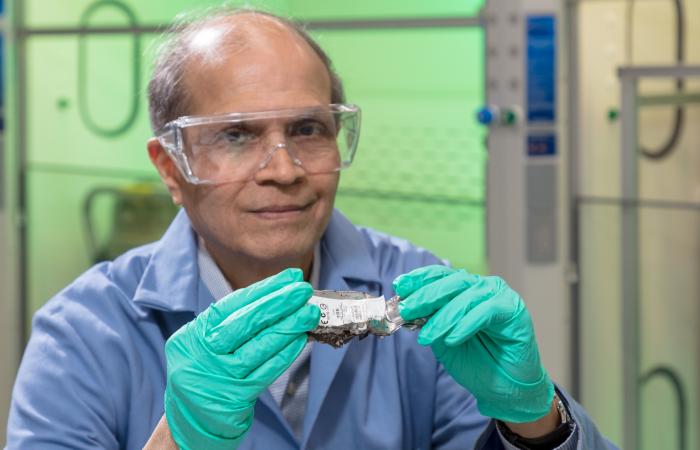US Department of Energy scientists have invented a process for producing rare earth elements (REEs) from recycled magnets from used hard drives from computers and several other devices, and are currently working with colleagues at Oak Ridge National Laboratory to accelerate the commercial production of rare earth oxides.
To extract REEs, researchers dissolve magnets in nitric acid and pass the resulting solution through polymer membranes. The membranes contain porous hollow fibers with an extractant, which serve as a kind of chemical “traffic cop”, since they create a selective barrier, which only rare earth elements can overcome. The solution passed through the membranes, enriched with molecules of rare-earth metals, is subjected to further processing, which makes it possible to obtain oxides of rare-earth elements with a purity exceeding 99.5%.
Permanent magnets are typically 70% iron. Thanks to the new technology, Fe components can be completely eliminated and only rare earth elements can be recovered. In the process of its implementation, significantly less waste is generated compared to other existing methods.
“We have developed an energy efficient, cost effective, environmentally friendly process to recover costly valuable materials,” co-inventor of the method, Ramesh Bhav, of Oak Ridge National Laboratory, said in a media statement.
In addition to hard drives, magnets from magnetic resonance machines, mobile phones and hybrid vehicles are used for recycling. Most of the rare earths obtained from them are lanthanides, elements with atomic numbers from 57 to 71 on the periodic table, for example, neodymium, praseodymium and dysprosium.





